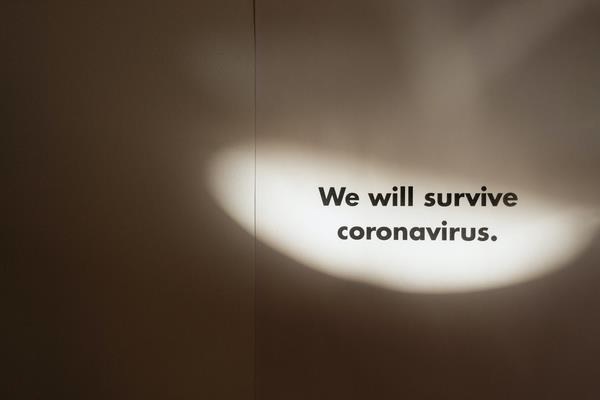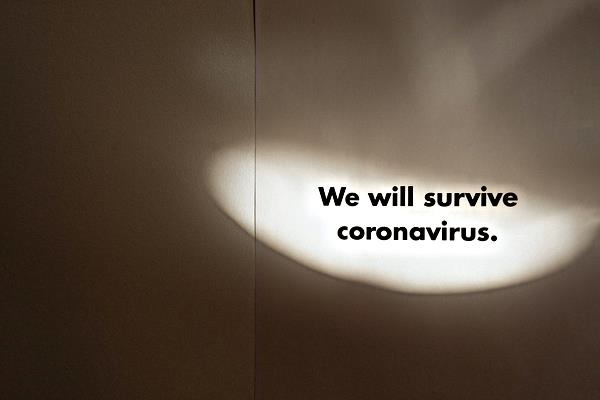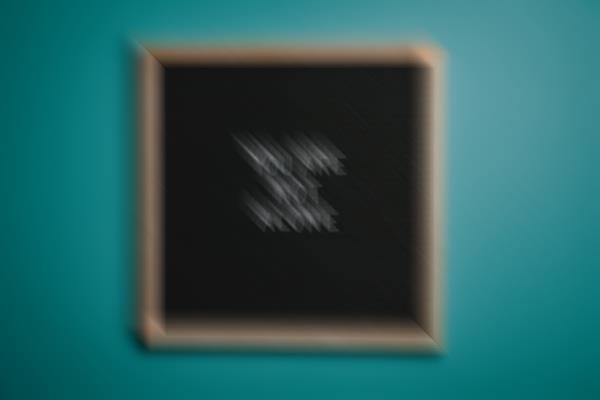
- PHP ImageMagick - Home
- PHP ImageMagick - Introduction
- Background Color
- Image Reflections
- Image Cropping
- Image Bordering
- Image Resizing
- Composite Images
- Contrast & Brightness
- Enhancing &Equalizing
- Sharpening & Blurring
- Image Tiling
- Image Threshold
- Modifying Colors
- Different effects
- Securing The Images
- Simulation Of Sketches
- Editing TheAppearance
- Rotation and Rolling
- Splicing & Spreading
- Miscellaneous Functions
- PHP ImageMagick Useful Resources
- PHP ImageMagick - Quick Guide
- PHP ImageMagick - Resources
- PHP ImageMagick - Discussion
PHP ImageMagick - Sharpening & Blurring
Sharpening Imaging
To give a sharper appearance to images, Imagemagick provides an inbuilt function adaptiveSharpenImage() which sharpens the images adaptively. It takes an image as input and produces the sharpened image as output.
This method uses algorithms to detect areas in an image where sharpening should be applied, and adjusts the amount of sharpening accordingly. This allows for more natural-looking results than uniform sharpening techniques without sacrificing quality or introducing artifacts into the image.
Syntax
public Imagick::adaptiveSharpenImage(float $radius, float $sigma, int $channel = Imagick::CHANNEL_DEFAULT): bool
This function consists of three parameters which are radius, sigma, and channel.
Radius is a float value that specifies the radius of the Gaussian, in pixels, not counting the center pixel.
Sigma is a float value that specifies the standard deviation of the Gaussian, in pixels.
Channel provides any channel constant that is valid for your channel mode.
Example
To have a clear understanding on how to implement this function, look at the below example. This code creates an imagick object and inputs the image. Then, adaptiveSharpenImage() function is applied with the required parameters (radius=19, sigma=15). The output image is obtained in the form adaptiveSharpenImage.png.
<?php $image=new Imagick($_SERVER['DOCUMENT_ROOT']."/test/image.png"); $image->adaptiveSharpenImage(19,15); $image->writeImage($_SERVER['DOCUMENT_ROOT']."/test/adaptiveSharpenImage.png"); ?>
Assume that the following is the input image (image.png) in the program −

Output

Blurring Images
Blurring an image makes the color transition smooth. By blurring, the rapid changes in the intensity of pixels are averaged. In this chapter, you will be learning about different ways of blurring images with the help of the inbuilt functions provided by Imagemagick.
PHP Image magick library provides a range of powerful functions using which we can perform a variety of operations including blurring, resizing, cropping, and more. With PHP Imagemagick you can easily blur your images with just a few lines of code.
You can also adjust the intensity of the blur as well as several other settings to achieve the desired effect. Whether you're looking for subtle or dramatic changes in your photos, PHP Imagemagick has everything you need to create stunning results!
Adding Blur Filter
To add a blur filter on an image, Imagemagick provided a method named blurImage(). It takes an image as input and generates/returns the blurred image.
Syntax
public Imagick::blurImage(float $radius, float $sigma, int $channel = ?): bool
This function has 3 parameters: radius, sigma, and channel.
Radius is a float value that specifies the radius that needs to be blurred.
Sigma is a float value that specifies the standard deviation.
channel specifies the channel-type constant. When channel is not specified, all channels are blurred.
Example
In the below example, a new imagick object is created and an image is taken as input. Then, blurImage() function is applied to blur the image. The radius and sigma are the parameters specified inside the function (radius=25, sigma=5). The blurred image is obtained as output in the form blurImage.png.
<?php $image=new Imagick($_SERVER['DOCUMENT_ROOT']."/test/image.png"); $image->blurImage(25, 5); $image->writeImage($_SERVER['DOCUMENT_ROOT']."/test/blurImage.png"); ?>
Assume that the following is the input image (image.png) in the program −

Output

Applying blur by a certain angle
The 'rotationalImageBlur()' function of Imagemagick can be used for image manipulation, allowing users to apply blurring effects on an image at any angle. It accepts the input image and produces a blurred version of the same with the desired degree of blurriness.
Syntax
public Imagick::rotationalBlurImage(float $angle, int $channel =Imagick::CHANNEL_DEFAULT):bool
This function contains two parameters which are angle and channel.
Angle is a float value that is used to store the angle.
channel is a constant that is valid for your channel mode.
Example
In the below PHP code example, a new imagick object is created and image is taken as input. Then, rotationalBlurImage() function is applied to blur the image on a certain angle (15). The blurred image is obtained as output in the form rotationalBlurImage.png.
<?php $image=new Imagick($_SERVER['DOCUMENT_ROOT']."/test/image.png"); $image->rotationalBlurImage (15); $image->writeImage($_SERVER['DOCUMENT_ROOT']."/test/rotationalBlurImage.png"); ?>
Assume that the following is the input image (image.png) in the program −

Output

Simulating motion blur
The blur that is seen in moving objects in an image is called motion blur. To simulate motion blur, Imagemagick provided an inbuilt function motionBlurImage(). It takes an image as input and produces the motion-blurred image as output.
Syntax
public Imagick::motionBlurImage(float $radius, float $sigma, float $angle, int $channel =Imagick::CHANNEL_DEFAULT): bool
This function contains 4 parameters which are radius, sigma, angle, and channel.
Radius is a float value that specifies the radius of the Gaussian (in pixels) excluding the center pixel.
sigma is a float value that specifies the standard deviation of the Gaussian (in pixels).
angle is also a float value which specifies the angle of the blurring motion.
Channel is a constant that is valid for your channel mode.
Example
In the example below, a new Imagick object is created and an image is taken as input. The 'motionBlurImage()' function is then applied to blur the image with radius (20), sigma (20) and angle (45) as parameters. As a result, a blurred version of the original image can be obtained in the form of 'motionBlurImage.png'.
<?php $image=new Imagick($_SERVER['DOCUMENT_ROOT']."/test/image.png"); $image->motionBlurImage(20, 20, 45); $image->writeImage($_SERVER['DOCUMENT_ROOT']."/test/motionBlurImage.png"); ?>
Assume that the following is the input image (image.png) in the program −

Output
